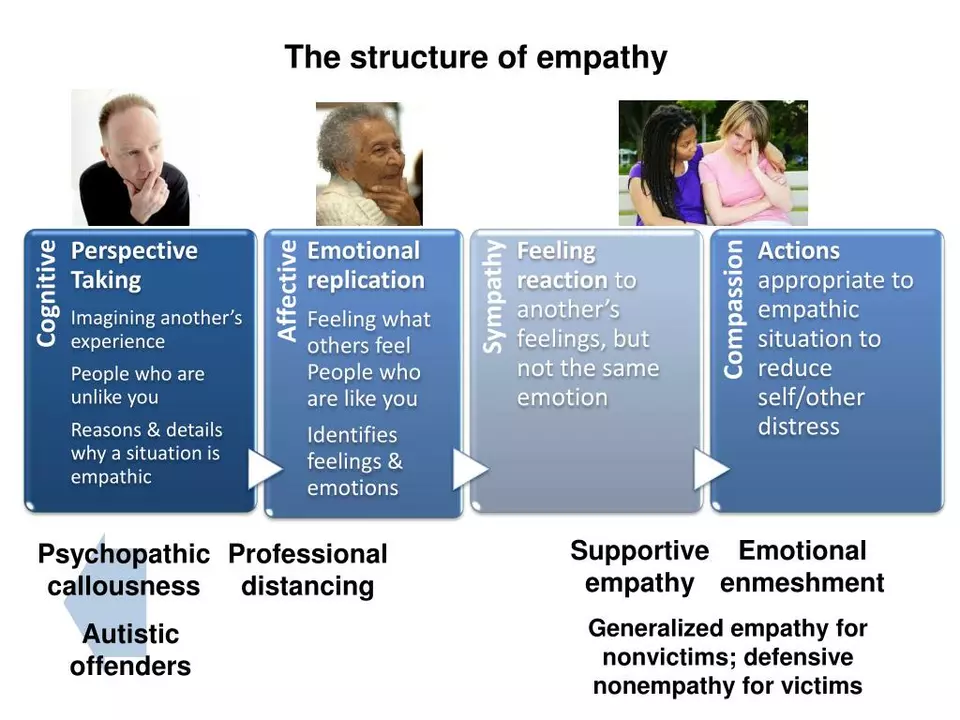Emotional understanding: how to read and manage feelings
Ever feel like your emotions run the show and you don’t know why? Emotional understanding is the skill of naming what you feel, knowing why it shows up, and picking a response that actually helps. You don’t need therapy training to get better at this—just a few clear steps you can use today.
Spot the feeling quickly
Start by pausing for thirty seconds. Check your body first: is your chest tight, stomach churning, hands sweaty? Those signals narrow down whether it's anxiety, anger, sadness, or energy. Use short labels: "I’m anxious," "I’m annoyed," "I’m sad." Naming feelings makes them less fuzzy and gives you a choice about what to do next.
Ask two simple questions: what happened right before this feeling, and what thought popped into your head? For example, if you felt angry after a text, the automatic thought might be “They ignored me.” That link—event → thought → feeling—helps you see patterns. Once you spot the pattern, you can test it next time instead of reacting immediately.
Practical ways to manage strong emotions
Use a three-step toolkit: calm, test, act. Calm first—slow breaths, a short walk, or 60 seconds of grounding (name five things you see, four you can touch, three you hear). This lowers the immediate heat. Then test the thought: ask yourself, "Is this 100% true? What else could explain it?" Testing weakens snap judgments that fuel big reactions.
Choose an action that fits the goal. If the goal is to fix a problem, pick a practical step: ask a question, offer a solution, set a boundary. If the goal is to connect, try a short honest statement: "I felt left out when that happened." If the goal is to calm down, delay the conversation until you’re steady. Small actions beat big drama.
Practice empathy without losing yourself. When someone else is upset, mirror their feeling out loud: "You sound frustrated." That simple move lowers tension and helps them feel heard. But don’t absorb their emotion—use short limits like, "I can listen for 10 minutes, then I need a break."
Use everyday check-ins. Ask a friend, partner, or child: "How are you feeling right now? One word." Make it normal. For parents, this helps kids build emotional words early. For adults, it stops feelings from piling up until they explode.
Finally, link emotional skills to health. Sleep, food, and movement change how reactive you feel. When you’re tired, small slights feel huge. When you’re fed and rested, you get more practice choosing a calm response. Same for meds and therapy—some people use those tools to make emotional work easier. If strong emotions keep interfering with life, talk with a clinician for real help.
Work on one idea at a time. Name feelings today, try the calm-test-act toolkit tomorrow, and keep it simple. Emotional understanding grows with tiny steps that add up fast.
In my latest blog post, I explored the fascinating connection between weakness and empathy. I discovered that acknowledging our own weaknesses can actually help us be more empathetic towards others. By recognizing that we all have flaws, we can better understand the struggles and challenges faced by those around us. This in turn allows us to be more compassionate and supportive in our relationships. Ultimately, embracing our weaknesses can lead to stronger, more empathetic connections with others.



